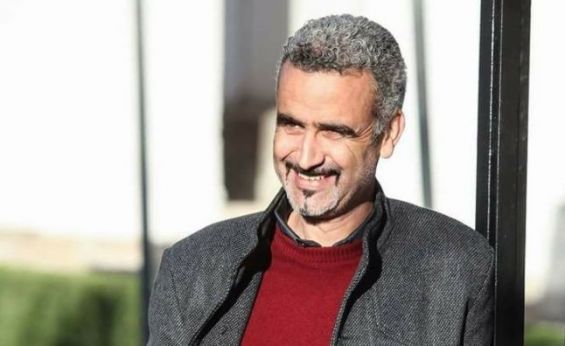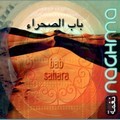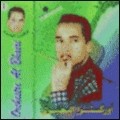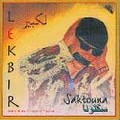How did you come up with the idea of writing a book in Amazigh about Sophonisba?
First of all, the book is part of my French literature and Culture dissertation. But as a poet and playwright, my mentor, Hassan Benakya, inspired me to explore new areas of research. This work tells the story of an Amazigh queen, putting her experience under the spotlight. Several researches in French, Italian and Spanish were dedicated to this historical figure. European literature is loaded with plays and poems that narrate the unusual story of Sophonisba … But unfortunately, none of these books and plays were written in Amazigh, by a writer or a researcher.
What made you go for the translation of Voltaire’s play?
Simply, because it’s Voltaire! He is a philosopher, thinker and a playwright who marked the French Enlightenment era. In addition to that, his play on Sophonisba was written in verses. It is more than just a play, it is meant to be sung as a tragedy with its classical dramaturgical standards. The work was therefore not only a simple exercise of translation, but it was also an effort that required research and which was attempted to restore the structure of the poetic text. To put it in other words, the Amazigh version was written in verses just like the play of Voltaire. It can be sung and even staged, with the same standards of classical tragedies.

What are the obstacles you encountered, as a writer, when trying to document the life and the political role of such a historical figure?
It was vital to work on several levels. Of course, the first factor I relied on was history. I had to contextualize Sophonisba’s experience by referring to the Amazigh Empire in North Africa, and then through highlighting the aspects related to her life, and her entourage including her husband, Massinissa who marked the Berber-Roman history …The work also has a linguistic and literary dimension to it. Indeed, I was able to master my Amazigh and not just only my spoken Riffian. I had to learn about Tachelhit, do research about the Middle Atlas dialect and even the lexicon used by the Tuareg people.
The idea was to really put the story of Sophonisba in its North African framework, because it involved the Berbers too. Moreover, the third challenge was to remain faithful to the alexandrine, the type of verse line with related metrical structures that Voltaire used when writing his play. It was necessary to use the Amazigh and Riffian alexandrine, known locally as «mizane» and «lalla bouya», the latter is a lyrical construction. So, I wrote about 1,460 verses using this technique. I had to preserve the lyrical beauty and nature of the text, 300 years after its publication. It took me a year of daily work, relying on Amazigh dictionaries.
How can we make up for the lack of historical sources on the Amazigh queens in North Africa, and introduce their heritage to our modern-day society in the region?
I think this is a job that must be done, on the one hand, by historians, and on the other hand, by our leaders. There must be a political will to highlight our history in a scientific and academic way and not only by focusing on the folklore part of it. Documenting our identity is essential for the future generations. Meanwhile, artists, painters, musicians and filmmakers must also take into consideration our past when creating and producing. Many women have marked this history, at the political, artistic and social levels and we should all work on getting them out of oblivion.
It also involves the work of book professionals to make these productions accessible. My work is a self-publishing play and it is difficult to ensure its distribution in all bookstores in Morocco. It is available in Nador and Al Hoceima, but finding a professional publisher, for example, to publish the book more broadly will allow young people to better know Sophonisba.





 chargement...
chargement...












